Anal cancer is a rare disease, with only 7,060 new cases, and 880 deaths estimated for 2013. When broken down by gender, the incidence is only 1.9 per 100,000 women per year, and 1.5 per 100,000 men per year. However, in HIV positive gay/bisexual men, the incidence is increased 100-fold, with estimates of up to 137 per 100,000. One explanation could be the increased lifespan gained from the introduction of highly active antiretroviral treatment (HAART), resulting in greater time for anal cancer to develop.
Risk Factors
Human papillomavirus (HPV). As with cervical cancer in women, HPV is a major risk factor for developing anal cancer. Approximately 93% of HIV positive and 61% of HIV negative gay and bisexual men have HPV infection of the anus.
Immunocompromised state. This includes HIV positive men and women, patients on chemotherapy, and men and women on immunosuppressive medications (organ transplant recipients, patients on tumor necrosis factor blockers) are more susceptible to viral infection and cancer.
Multiple sex partners. As there may be no signs or symptoms of HPV infection, routine use of condoms is recommended.
Smoking. Smoking has been found to be an independent risk factor, and therefore should also be avoided.
Signs and symptoms: Signs and symptoms for anal cancer include pain or pressure, bleeding, pruritis, anal discharge, change in bowel movements, and a palpable mass in anal area. Unfortunately, there may be no signs or symptoms until the cancer becomes significant in size or may be mistaken for other anal disorders, such as warts, anal fissure or hemorrhoids. It is therefore important that people at risk, primarily HIV positive persons, receive routine screening.
Prevention
The most important intervention for anal cancer is screening. This should be done for all HIV positive men and women. Screening includes digital ano-rectal exams and anal pap smears. Routine high resolution anoscopy should also be considered to detect precancerous changes that can be treated to prevent anal cancer.
Vaccination may also provide protection against anal cancer. Although it has been shown to be immunogenic in HIV positive men and women, efficacy in this population has yet to be demonstrated.
Treatment
The mainstay treatment for anal cancer is radiation and chemotherapy. It has an overall success rate of 70%. For recurrence after radiation and chemotherapy, surgery is the only option.
Conclusion
Considering the significant increased risk for sexually active gay/bisexual men, routine screening is advocated in this high risk group, as well as HIV positive women. As there is a strong correlation with HPV infection and the development of anal cancer, measures to decrease HPV infection, such as abstinence, use of condoms, and possibly vaccination against HPV, are all methods to be considered.
Dr. Johnson is a board-certified general surgeon with Premier Surgical Associates in Palm Spring and can be reached at 760.424.8224. For more information on this topic, contact Desert AIDS Project at 760.323.2118.






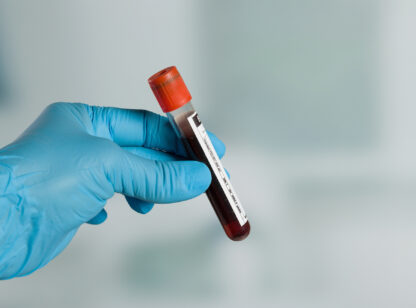
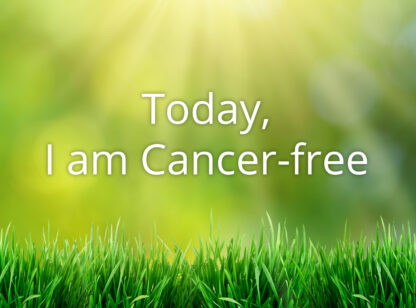


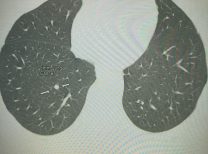


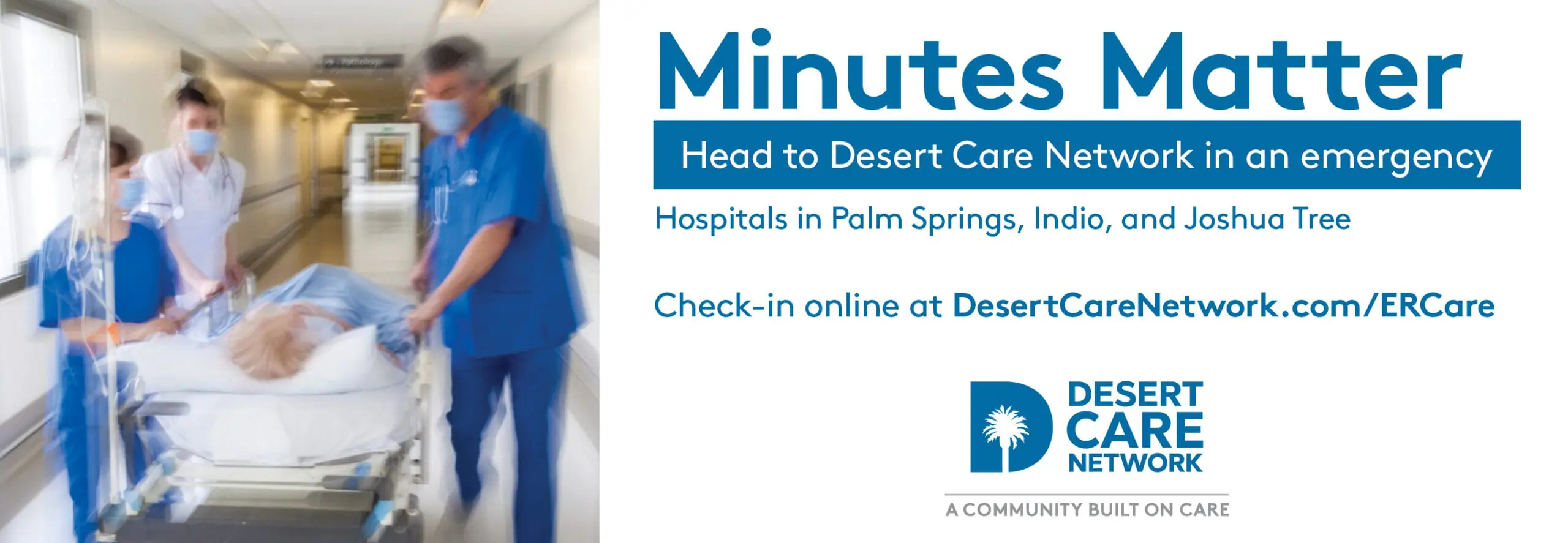
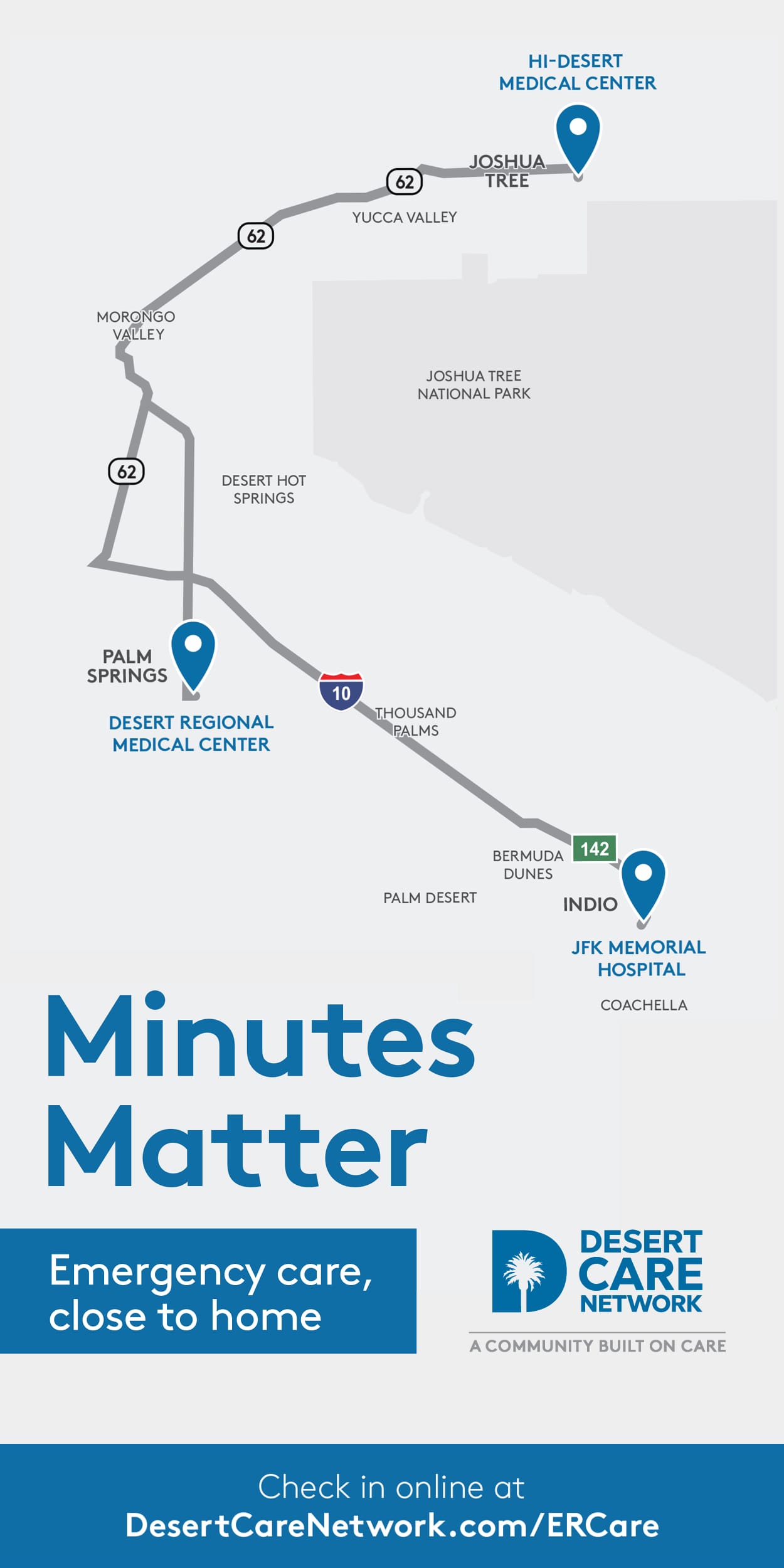


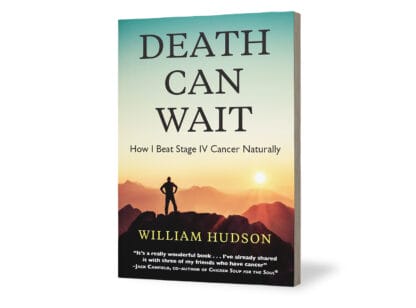
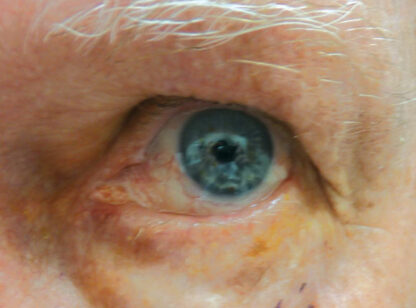































Comments (0)